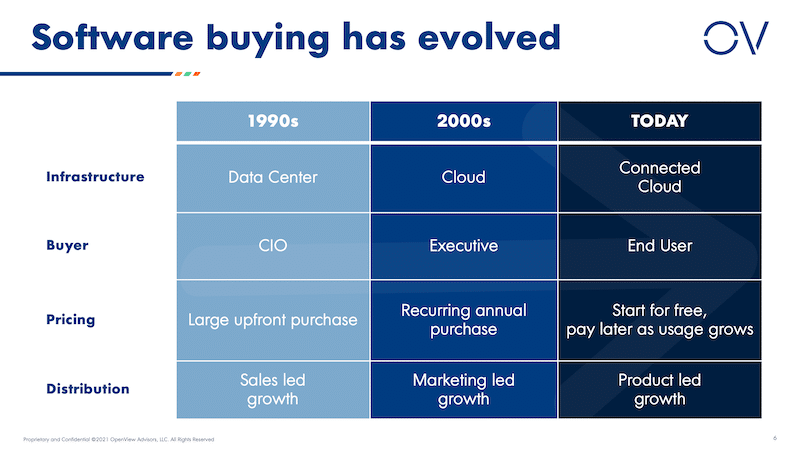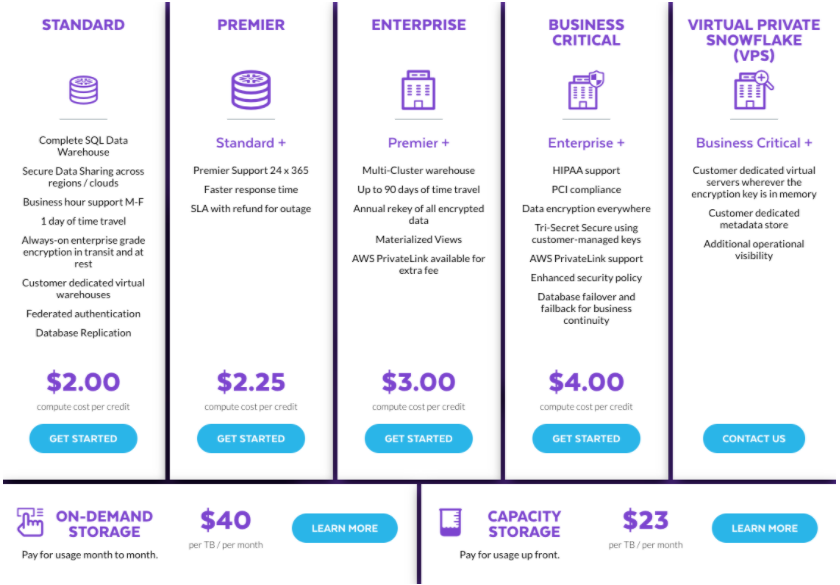Usage-based pricing, also known as metered or pay-as-you-go pricing, has become an increasingly popular model for SaaS and other subscription services. The basic idea is that instead of charging a flat monthly or annual fee, you charge customers based on how much they actually use your product.

This pricing approach offers some major benefits, both for vendors and users:
For vendors:
- Aligns costs more directly with value provided
- Reduces friction in sales process
- Opens doors to new customer segments
- Creates opportunities for expansion revenue
For users:
- Lowers risk of trying a new product
- Aligns costs with actual usage and value
- Rewards efficiency and conservation
However, usage-based pricing also comes with some complexities and potential pitfalls. As with any major business model change, it requires careful thought and planning to implement effectively.
Below I’ll dig into the key things you need to understand if you're considering a shift to usage-based or metered pricing for your SaaS or digital subscription service.

How Usage Metrics Translate to Value
The foundational question when considering usage-based pricing is: what usage metrics actually equate to the value you provide?
Some products have very direct ways to measure value delivered based on usage - for example:
- Cloud storage: GB stored and downloaded
- Cloud computing: Compute time, network egress
- Email sending: Number of emails sent
- Video hosting: GB bandwidth, minutes watched
But for many SaaS products, the relationship between usage and value is more complex. A simple example:
| Product | Potential Usage Metric | Limitations |
|---|---|---|
| Project management | Number of projects | Doesn't factor complexity or team size per project |
| Presentation software | Number of presentations made | Presentations vary greatly in complexity |
| Note taking app | Number of notes created | Notes vary greatly in length |
For products like these, you need to find usage metrics that act as proxies for the actual value being delivered.
Some options to consider:
- User seats: Charge per active user per month, quarter, or year
- Team tiers: Base tiers on number of team members
- Feature bundles: Provide pricing tiers based on access to core feature sets
- Variable thresholds: Set pricings using sliding thresholds based on usage in key areas - e.g. number of projects, storage used, words typed.
The goal is to strike a balance between accuracy and simplicity - you want to arrive at metrics that reasonably reflect value exchange, without making pricing overly complex.

Building Your Usage-Based Pricing Model
Once you've determined your usage metrics and value exchange proxies, the next key task is constructing an effective overall pricing model.
There are a few primary frameworks you can choose from:
Pure Usage-Based Pricing
This fully ties pricing to usage, essentially charging only for what customers use with no minimum fees.
Pros: Very aligned to value provided, low entry costs for users
Cons: Can undermine predictability of revenue, less viability for some business models
Tiered Plans + Metered Usage
With this approach, you create pricing tiers based on expected usage levels, then add overage charges beyond included usage allowances.
Pros: Simplicity of packaging, maintains some revenue predictability
Cons: Less direct alignment on highest usage customers
Freemium + Usage-Based Upgrades
Offer core product for free up to certain usage thresholds, then charge based on usage levels beyond that.
Pros: Low barrier to entry, focuses monetization on the highest-value users
Cons: Gives away too much value for free for some business models
Within these models, there are also further pricing mechanics like volume discounts, "burst capacity" limits, rollover allowances, and more you can leverage to fine tune value exchange.
Price Sensitivity Testing
Usage-based pricing still involves setting per unit prices, which raises the question: how do you know the right prices to charge per usage amount?
Answering this effectively takes comprehensive price sensitivity testing. The key steps:
- Establish baseline metrics based on current pricing - e.g. average revenue per customer, conversion rates, expansion, churn, etc.
- Model alternative pricing - Create models with different per unit prices and packaging combinations. Estimate impacts on customer behavior.
- Simulate business performance - Given modeled customer behavior changes, simulate impact on key financial metric like revenue, margins, CLV, etc.
- Test with customers - Discuss sample usage cases & pricing options with friendly customers to gauge reactions. Refine based on feedback.
- Run A/B testing - Where possible, run actual A/B pricing tests and measure impact.
Continually iterating through testing will help zero in on optimal pricing. Just don't underestimate the time investment required for thorough testing.
Adapting Your Business Systems
Usage-based pricing has implications for nearly all aspects of your business systems and operations:
Billing - Switching to metered billing can be a major undertaking depending on your existing systems. Key capabilities needed:
- Tracking usage across dimensions
- Calculating billing charges
- Supporting mid-cycle updates
- Prorating usage during sign-up/downgrades
- Generating detailed invoices
Data infrastructure - Capturing, storing and analyzing high volumes of usage data is critical but often overlooked. Plan investments in data pipelines and analytics tools upfront.
Revenue forecasting - Traditional cohort-based modeling doesn't translate directly. Build models around expected distributions of usage volumes across your customer base.
Sales compensation - If revenue timing becomes less predictable, you may need to adapt sales compensation models, for example paying on contract value rather than cash received.
Marketing - Tweak marketing messaging to communicate the benefits of your usage-based pricing clearly. Also educate customers directly on how to optimize usage efficiently.
The more flexibility and automation you can build across these core systems, the easier it will be to experiment and adapt your pricing over time.
Weighing the Tradeoffs
Usage-based pricing brings some fundamental tradeoffs to evaluate against your specific business model, target customers, and strategic priorities.
Potential benefits:
- Increased cost alignment with value provided
- Lower barriers to acquisition and expansion
- Higher ROI focused on best-fit customers
- Optimization incentives for customers
- Platform for continuous pricing innovation
Potential drawbacks:
- More unpredictable revenues
- Higher operational complexity
- Limitations for some business models
- Can incent excess usage and inefficiency
- Status quo bias from buyers
As with any major pricing shift, focusing narrowly on potential revenue upside without accounting for second-order effects can lead to suboptimal outcomes and unintended consequences.
My advice is to take an experimental, iterative approach - start with packaging and policies that limit risk, then expand as you gain understanding. Measure effects across both financial and customer health metrics to fully assess net impact.
And importantly, recognize that for some products and business models, usage-based pricing may not be the right fit at all. Every pricing model involves tradeoffs - the key is choosing the one aligned to your company's specific strategic priorities.
Conclusion & Next Steps
I hope this overview gives a comprehensive sense of the key opportunities and considerations around implementing usage-based SaaS pricing.
As next steps for your business:
- Audit usage data to explore metrics indicative of value delivery
- Model potential usage-based packages and pricing
- Vet pricing concepts with friendly customers
- Assess operational readiness and roadmap needs
- Simulate financial impact across metrics
- Define focused experiments to validate with market response
Done right, usage-based pricing can unlock tremendous benefits - but getting there requires thorough planning and testing. Avoid rushing into broad implementations without evidence - start incremental, measure effects, and ramp from there.






